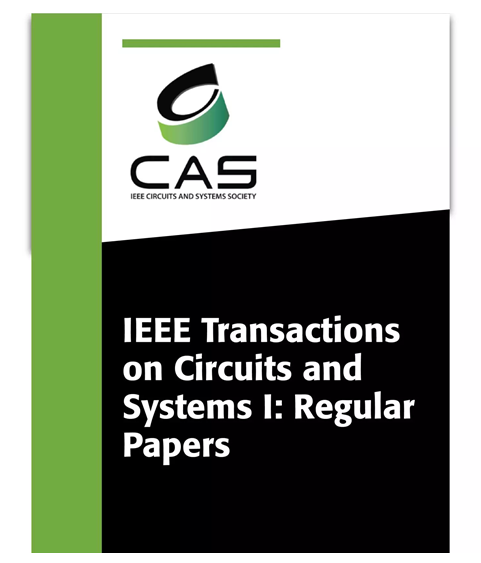A −79 dBm 7.56 nW 433 MHz Wake-Up Receiver With Interference Suppression for IoT Application
IF 5.2
1区 工程技术
Q1 ENGINEERING, ELECTRICAL & ELECTRONIC
IEEE Transactions on Circuits and Systems I: Regular Papers
Pub Date : 2024-12-19
DOI:10.1109/TCSI.2024.3518462
引用次数: 0
Abstract
In this paper, we present an ultra-low power wake-up receiver (WuRX) with effective interference suppression capability. A specific robust design has been implemented to address the common interference issues in the industrial, scientific, and medical (ISM) frequency band. A mathematical expression is derived in this paper for the minimum signal-to-noise ratio (SNR) required by the comparator at which a envelope detector first (ED-first) WuRX can detect the wake-up message in the presence of interference. Aiming to meet the minimum SNR requirements, a quasi-direct coupling (QDC) baseband buffer scheme is proposed. Compared to the output SNR of traditional AC schemes, the QDC baseband buffer scheme achieves a 4.16 dB increase in output SNR under optimal conditions. To solve the problem where traditional comparator calibration schemes require recovery time after sudden disappearance of interference, the multipath signal detection (MPSD) scheme proposed in this paper can immediately detect information following the disappearance of interference, which improves detection efficiency. The WuRX is manufactured in 65nm LP process, consuming 7.56nW at a 0.4V power supply, with a sensitivity of −79dBm in the 433MHz ISM band. Under continuous wave (CW) interference, the receiver achieves a signal-to-interference ratio (SIR) of −31dB at a frequency offset of 1MHz.−79 dBm 7.56 nW 433 MHz具有干扰抑制的唤醒接收器,用于物联网应用
在本文中,我们提出了一种超低功耗唤醒接收机(WuRX),具有有效的干扰抑制能力。为了解决工业、科学和医疗(ISM)频段中常见的干扰问题,实现了一种特定的鲁棒设计。本文推导了比较器所需的最小信噪比(SNR)的数学表达式,在该值下包络检测器优先(ED-first) WuRX可以检测到存在干扰的唤醒信息。为了满足最小信噪比要求,提出了一种准直接耦合(QDC)基带缓冲方案。与传统交流方案的输出信噪比相比,QDC基带缓冲方案在最佳条件下的输出信噪比提高了4.16 dB。针对传统比较器校准方案在干扰突然消失后需要恢复时间的问题,本文提出的多径信号检测(MPSD)方案可以在干扰消失后立即检测到信息,提高了检测效率。WuRX采用65nm LP工艺制造,在0.4V电源下功耗为7.56nW,在433MHz ISM频段灵敏度为−79dBm。在连续波(CW)干扰下,接收机在频率偏移1MHz时的信干扰比(SIR)为- 31dB。
本文章由计算机程序翻译,如有差异,请以英文原文为准。
求助全文
约1分钟内获得全文
求助全文
来源期刊
CiteScore
9.80
自引率
11.80%
发文量
441
审稿时长
2 months
期刊介绍:
TCAS I publishes regular papers in the field specified by the theory, analysis, design, and practical implementations of circuits, and the application of circuit techniques to systems and to signal processing. Included is the whole spectrum from basic scientific theory to industrial applications. The field of interest covered includes: - Circuits: Analog, Digital and Mixed Signal Circuits and Systems - Nonlinear Circuits and Systems, Integrated Sensors, MEMS and Systems on Chip, Nanoscale Circuits and Systems, Optoelectronic - Circuits and Systems, Power Electronics and Systems - Software for Analog-and-Logic Circuits and Systems - Control aspects of Circuits and Systems.

 求助内容:
求助内容: 应助结果提醒方式:
应助结果提醒方式:


